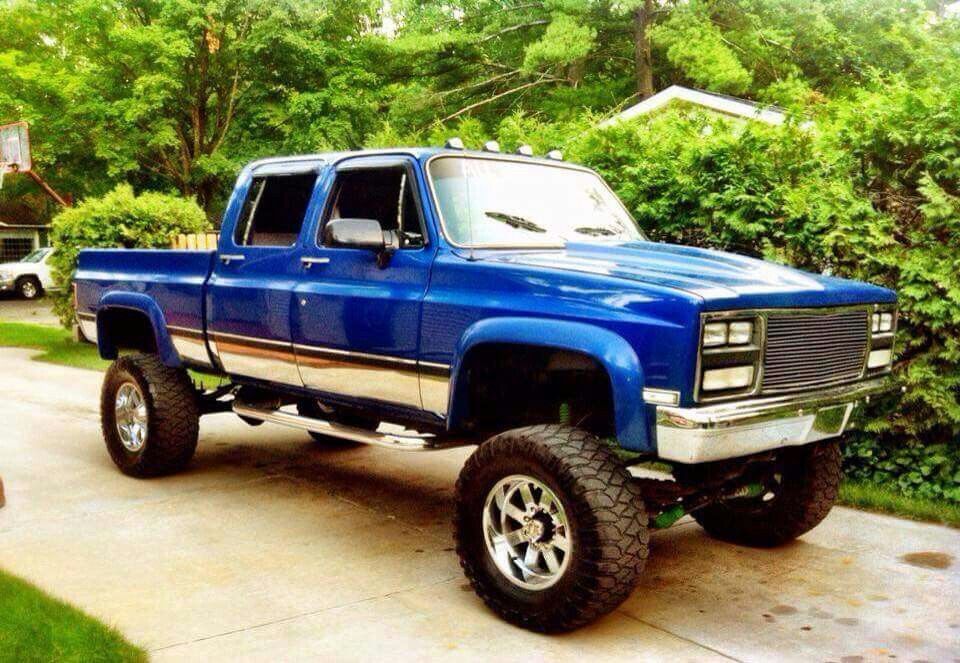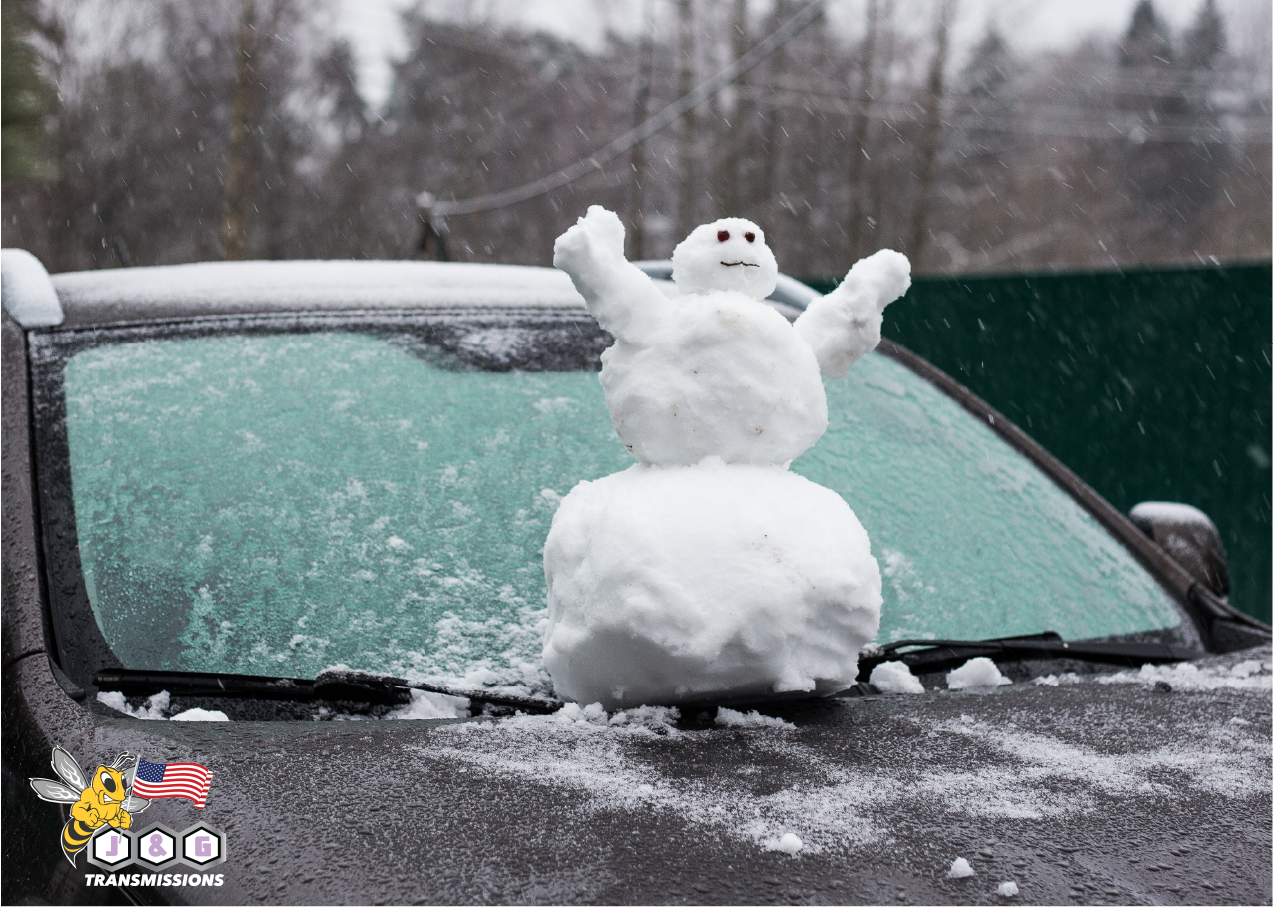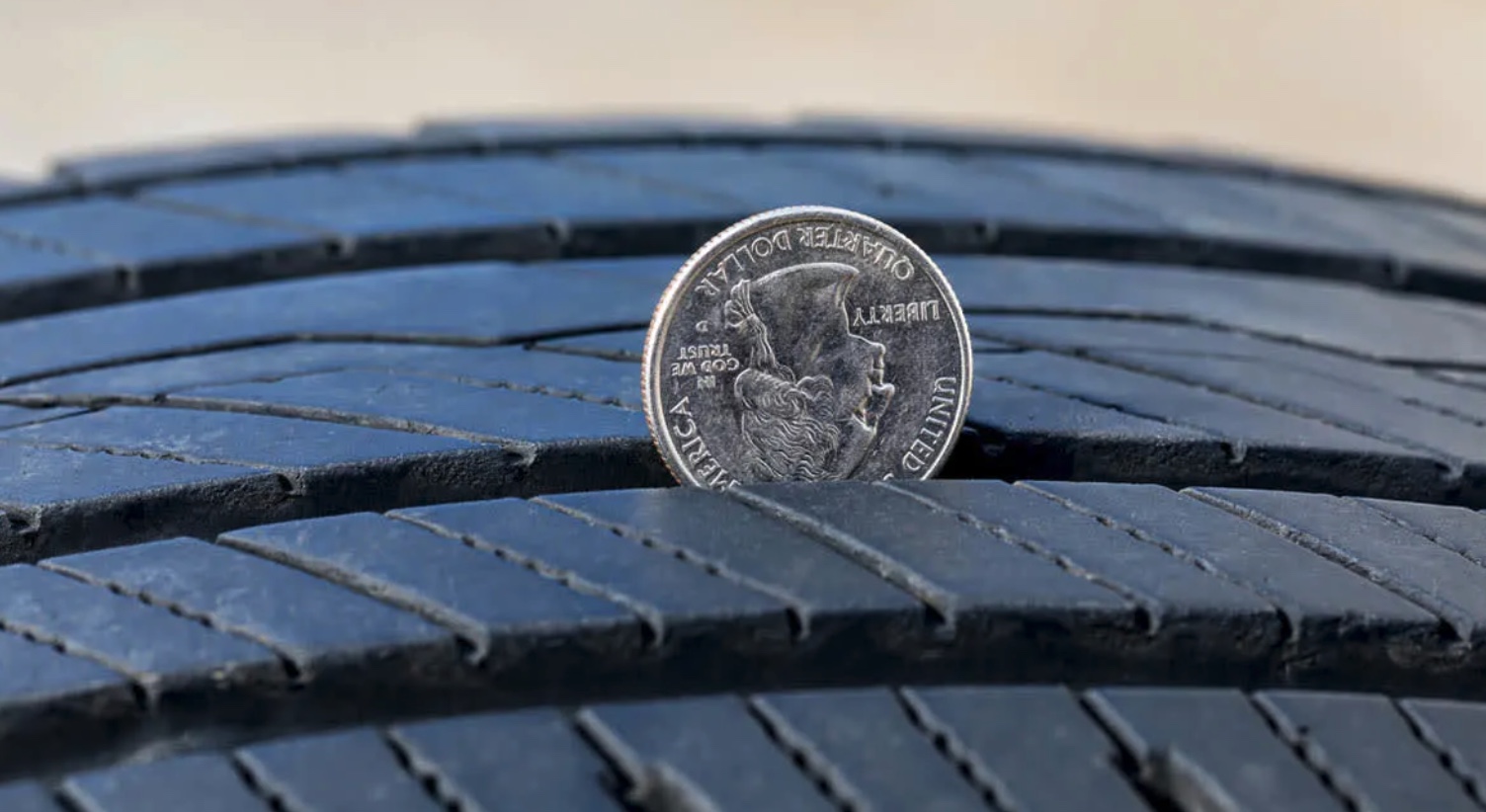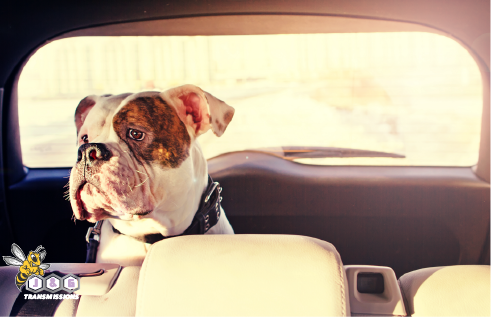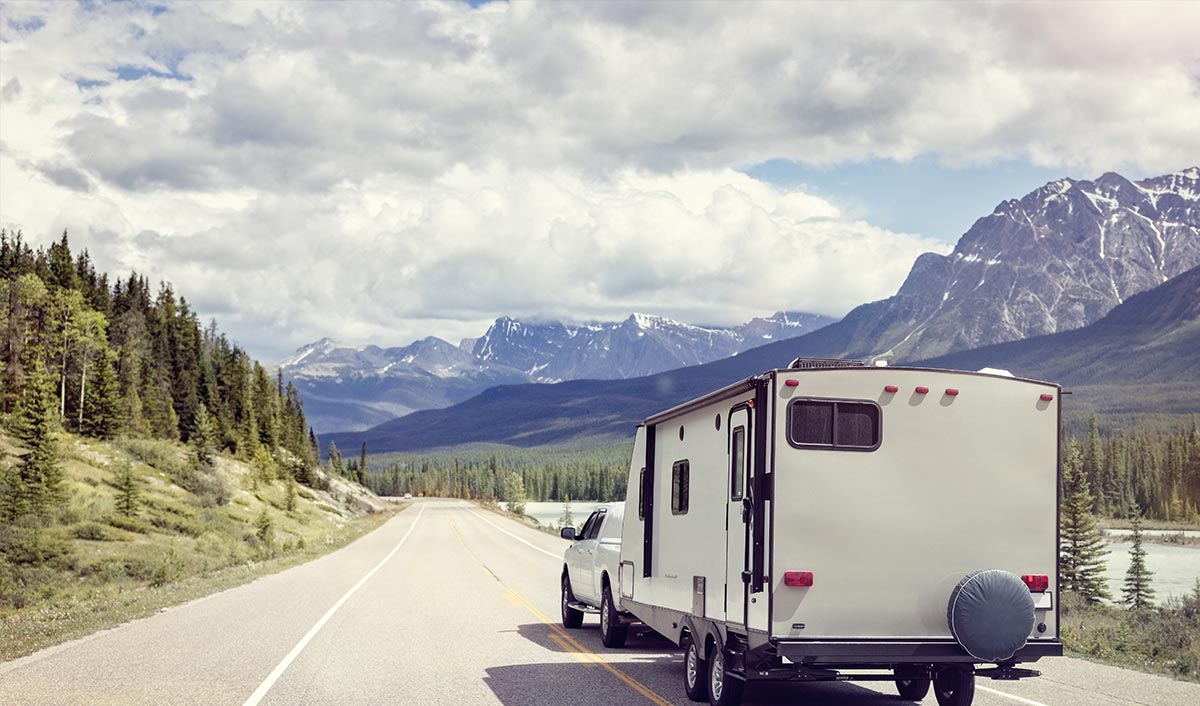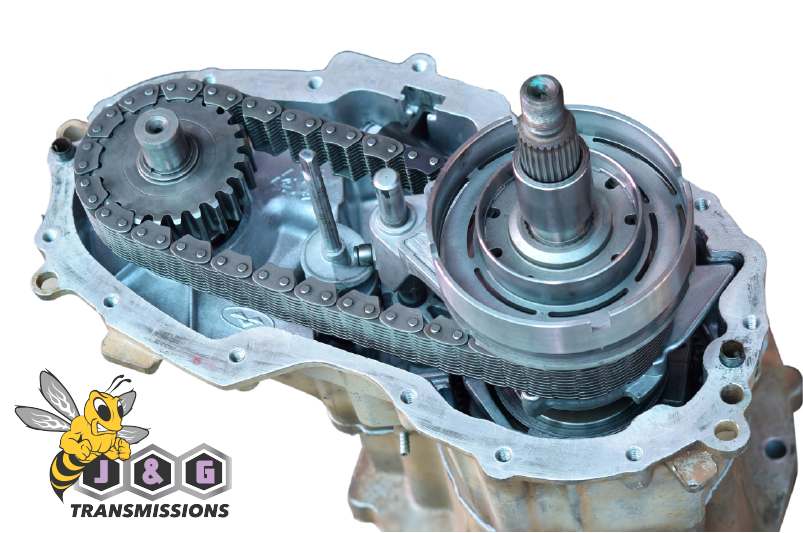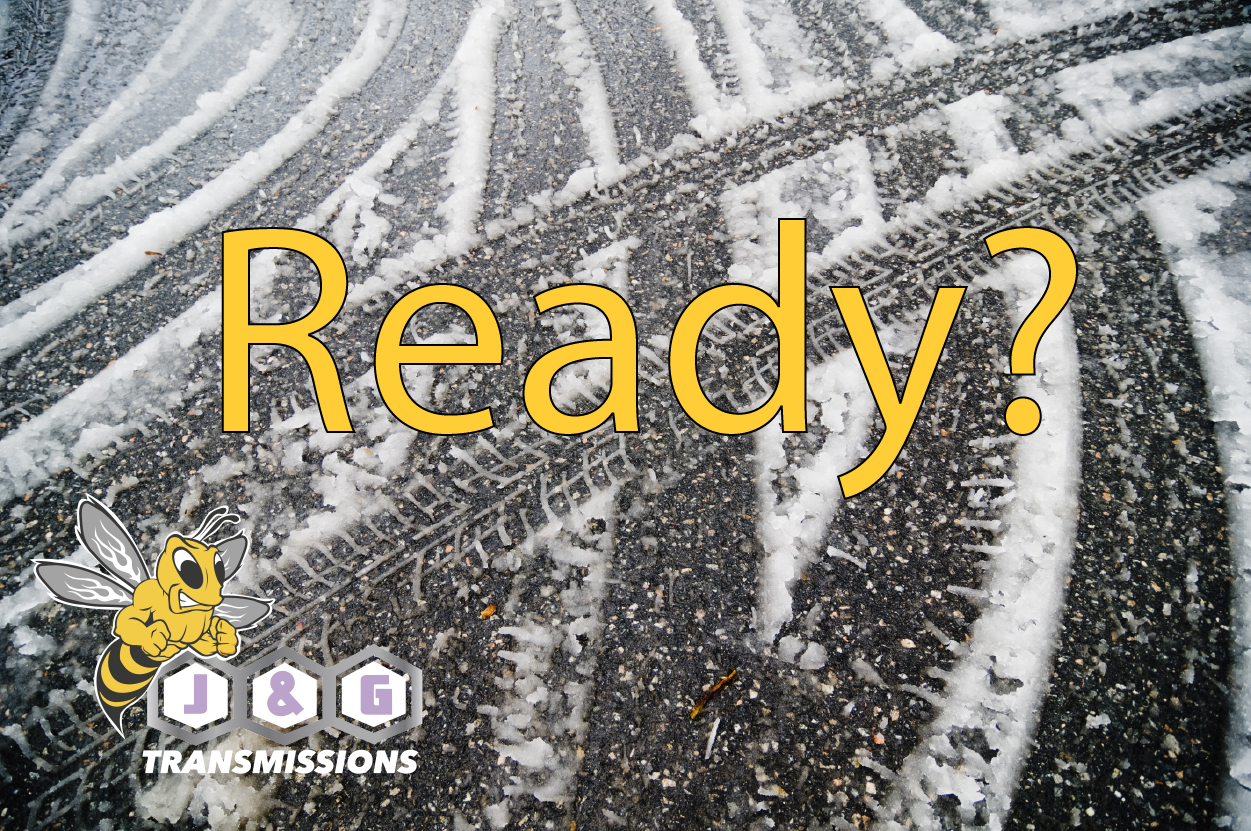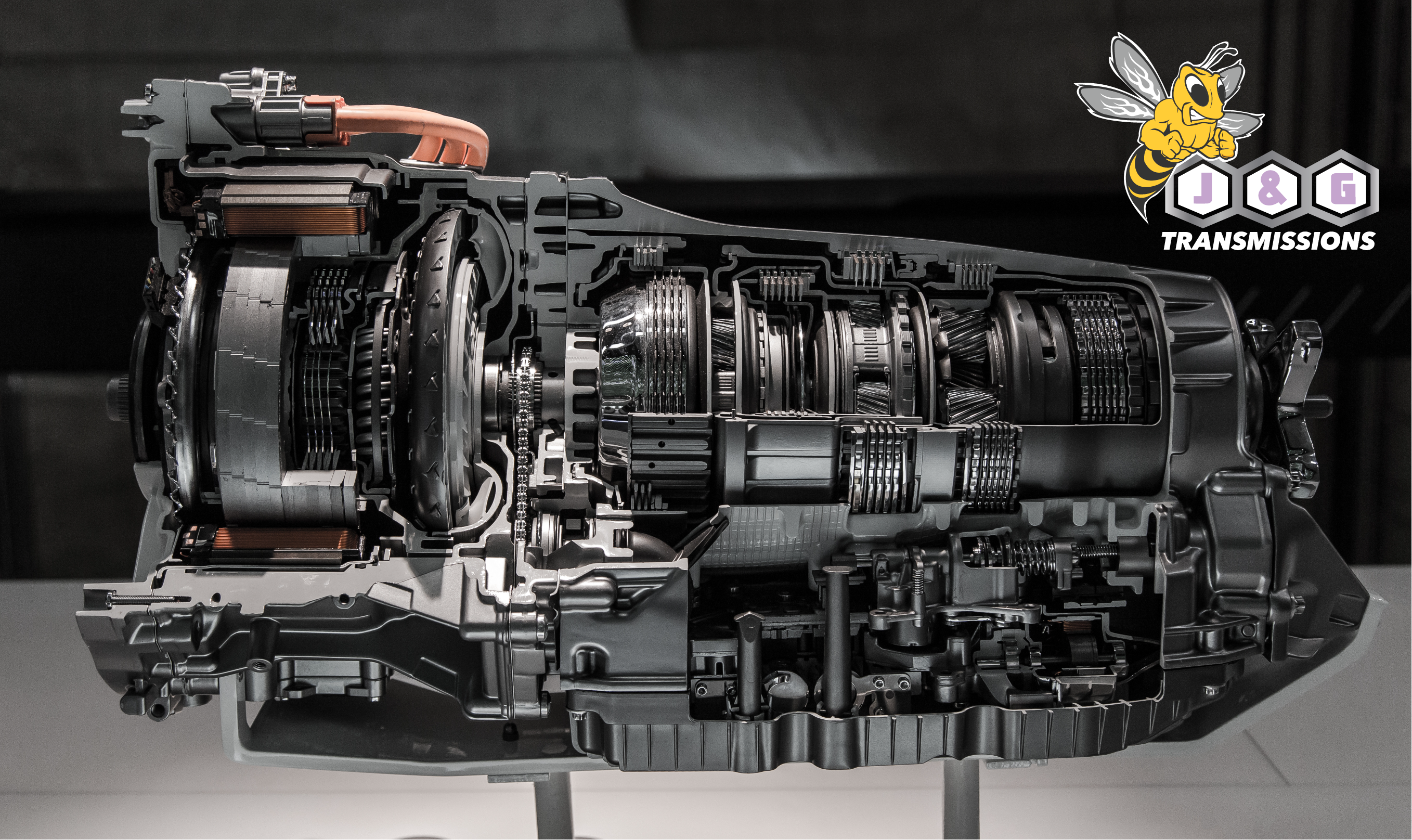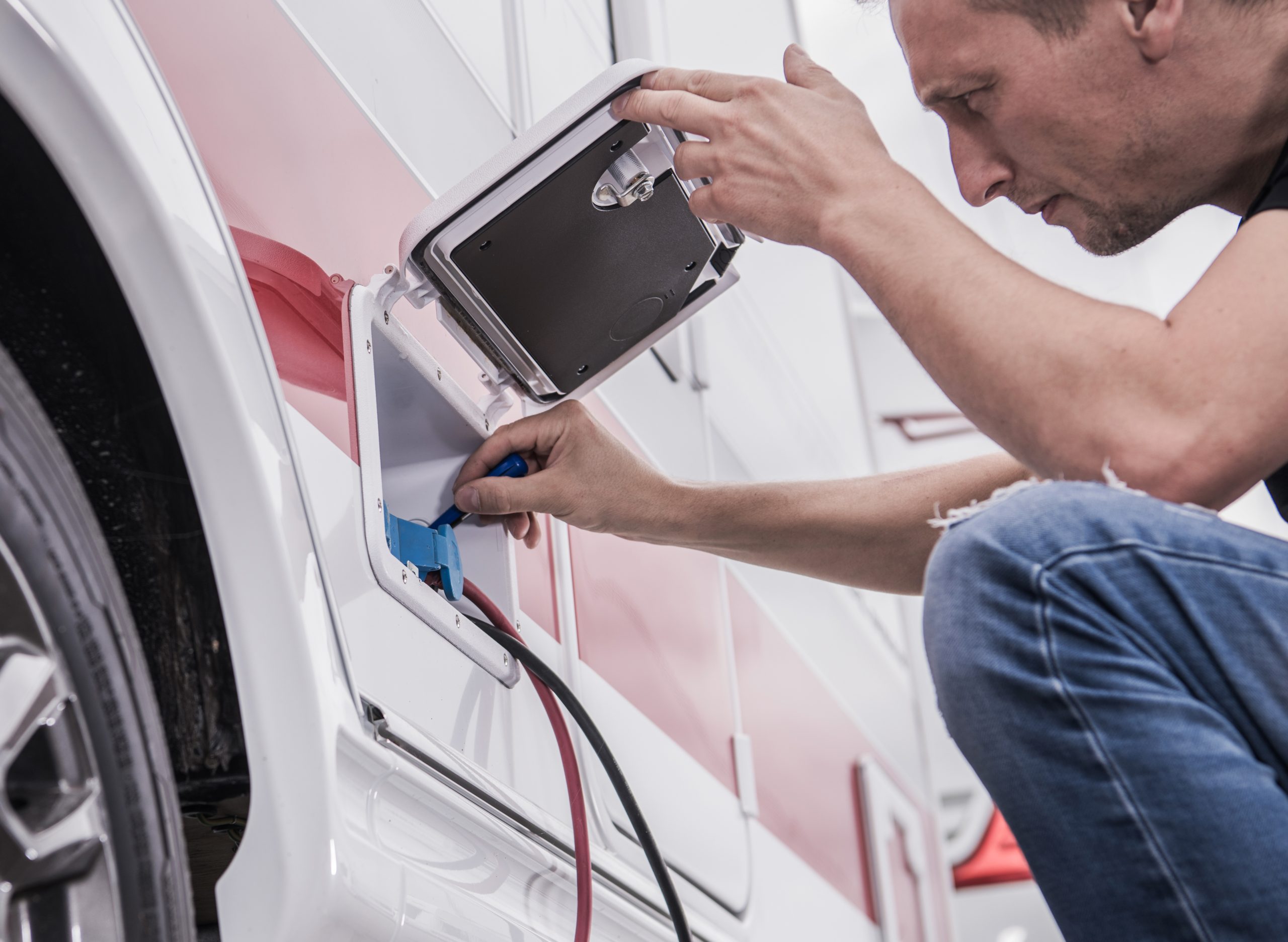Being able to shift on the fly from two to four-wheel drive without having to get out and lock the wheel hubs is a luxury that most of us take for granted, especially during a nasty Utah winter storm. A number of newer vehicles are equipped with part-time four-wheel drive systems, that will engage either manually when the driver selects a two, four low or four high mode. Or, automatically when the onboard computer senses that wheel traction is reduced by weather or road conditions if the vehicle is engineered to do so. The physical part of the vehicle that activates this action is the transfer case, which has an output shaft that delivers power to the drive axle. As vehicles age, the seals that connect these components together can dry up, wear out, or break. If this occurs, they will have to be replaced sooner rather than later to avoid further damages to the vehicle’s drive system.
Where and what is the transfer case output shaft seal?
The transfer case output shaft seal is located on the transfer case of four-wheel drive vehicles. The transfer case physically changes between two-wheel drive neutral, to low four-wheel, and then to drive high four-wheel. Inside the case are a series of gear reductions and chain drives that work together to supply power to the drive axles, giving the vehicle the option of four-wheel drive.
The transfer case output shaft is what connects the driveline to the rear differential or front differential.
The transfer case output seal prevents fluid from leaking out of the transfer case, keeping the internal metal components properly lubricated.
If the seals leak, fluid escapes and cannot properly lubricate the internal components of the transfer case. With time and use the parts inside will wear out and overheat. This can render the transfer case useless and the vehicle will no longer be able to shift into four-wheel drive.
Possible signs your transfer case needs replacement:
Vehicle jumps in and out of four-wheel drive
Sometimes the loss of fluid will cause the vehicle to jump in and out of four-wheel drive without driver activating the switch. This is often caused by broken parts inside the transfer case. If you have a leaking seal, you may notice transmission fluid under your vehicle. More often than not, the vehicle only leaks when it is driving. In this scenario the shaft can siphon and fling the fluid, leaving the driver unaware of the worsening condition. If this is the case, the seal needs to be replaced as soon as possible.
Vehicle has difficulty shifting gears
The seals that keep fluid inside the transfer case and also the transmission, are vital for your vehicle’s ability to shift properly. When fluid leaks from a broken seal, the fluid volume working inside the transmission is reduced. This causes a drop in fluid pressure that is vital for proper operation in an automatic or manually shifted transmission. If you notice that your transmission is having difficulty shifting between gears, you should bring your vehicle into a transmission repair shop for diagnosis as soon as possible. The earlier shifting problems can be diagnosed, often times the lower the cost of the repairs.
Your vehicle makes grinding noises underneath the vehicle
A broken or worn output shaft seal can cause noises under the vehicle. Many times these noises are caused by low levels of lubricants inside the transfer case or metal-to-metal grinding. If you hear noises like this, it’s time to bring the vehicle in for diagnosis.
We are happy to offer a free diagnosis of transfer case or transmission repair issues in our Murray, Utah location.
How to avoid Transfer Case problems
Be vigilant in checking fluids. Even if you do not change the fluids on your vehicle yourself, we still recommend checking the fluids yourself. This practice can save you a lot of money over time.
J and G Transmissions is the best transmission repair shop in the Salt Lake Valley. We are located at 4782 South 500 West, Murray, UT 84123. Call us at 801-262-2321.
Other topics: How to tell if your transfer case is bad

